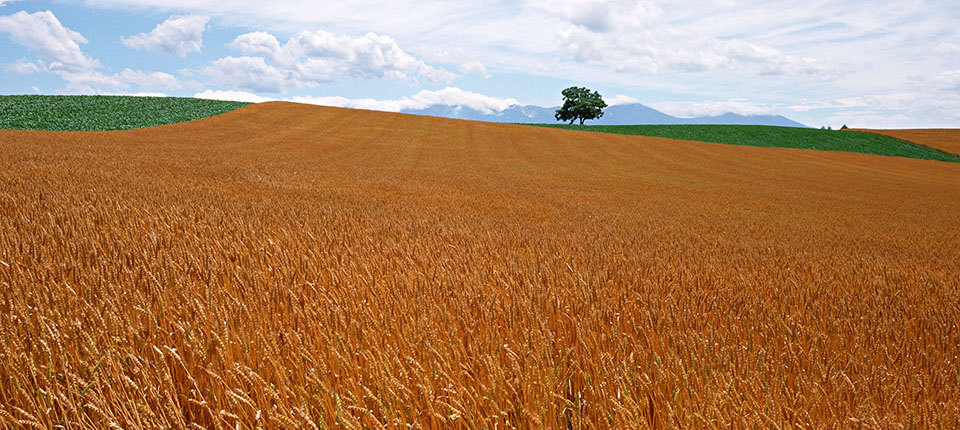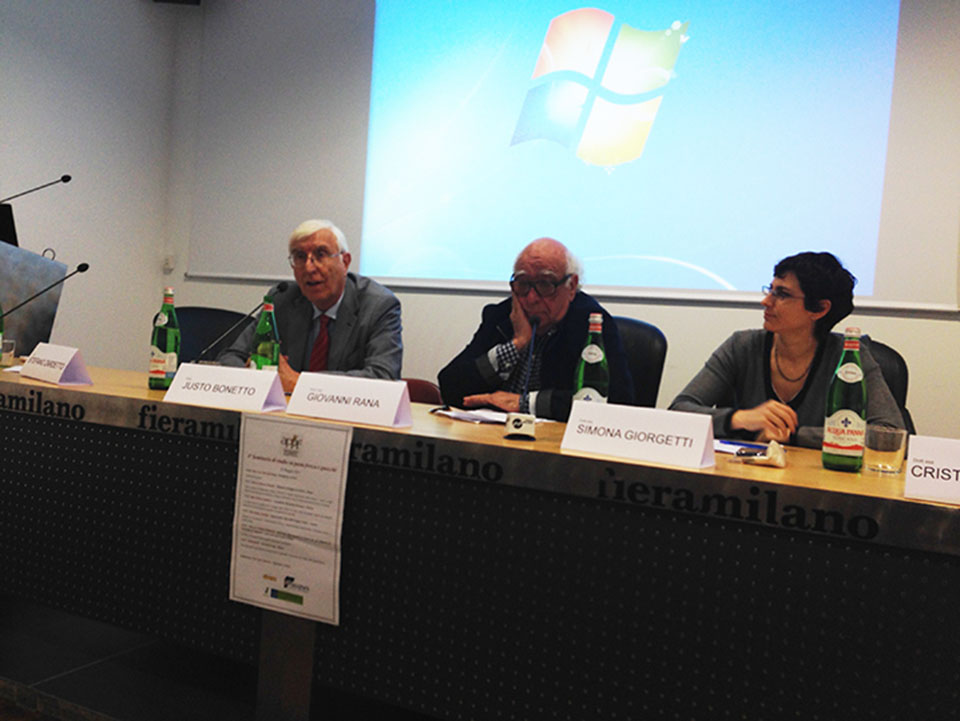
Worldwide production of durum wheat rises by 11%
17 August 2015Canada’s Department of Agriculture has estimated a 2015 harvest of 36.4 million tonnes. But Ottawa begins with stockpiles that are almost halved. A leap of 25% in the USA.
by Centro studi economici Pastaria
For the moment there are no figures to speak of, for Italy at least. That’s where the durum wheat harvests have begun with different time schedules, resulting, in some cases, in slow downs and delays with respect to the norm.
Operators have explained that the delays in getting the combine harvesters out into the fields (above all in central Italy) were due to the weather conditions. They still remain uncertain about the outcomes of the harvest, given that the excessive humidity (caused by the rains) that was present at worst possible moment, that is to say in the final stages of the corn’s ripening, appear to have resulted in problems of a qualitative nature, even if only in limited areas.
There is no doubt that the weather variable is having an impact on the start of the new marketing campaign, which began (officially in July) with high prices and above all an upward trend.
One need only consider that at the end of June on the Foggia market, a point of reference for all of southern Italy, the prices for the best qualities (wheat with a protein content of at least 12%) reached their maximum of €315 per tonne, more than 10% higher than last year’s price. The first signs of a recovery in prices had already been noted during the second half of May, when the market, whilst awaiting the new harvest, had latched onto the fears of the growers who were worried about the weather conditions.
For how much longer prices will show an upward trend is difficult to assess. Whether the current trend will continue or whether the price curve will flatten or even change direction totally will only become apparent at the end of summer, when the final figures concerning worldwide harvests and the policies of exporting countries are known. As is well known in industrial environments, last year’s shortages of domestically produced wheat with properties suitable for the production of semolina and pasta resulted in a strong demand for foreign products, above all from Canada.
The figures reveal that Ottawa was by far the major producer and worldwide exporter of durum wheat. This year it can count on an even more vigorous harvest, having planted more than 2 million hectares (+16% compared to 2014), following the excellent revenues and high prices of the past season. The most up to date estimates, issued by the Canadian Department of Agriculture, speak of a production of 5.8 million tonnes, as opposed to last season’s 5.2 million tonnes (+11.5%). That is despite the fact that overall availability, which includes stock levels in its totals (almost halved over a twelve month period) appears to be slightly lower in Canada than in 2014. [hidepost]
The same ministerial source has predicted that worldwide production of durum wheat, for the 2015/2016 season, will be approximately 36.4 million tonnes, an increase of 11% when compared to the 32.8 million of the previous season, an absolute low since the start of the third millennium.
Overall assessments have also revealed, contrary to what is forecast for Canada, that there will however be an actual increase in availability as a whole, even if only a mere 0.7% on an annual basis. The worldwide offer, including those stocks currently held in the silos of major producers, is estimated to be approximately 40.9 million tonnes. This is a year in which a concerted effort will also be made by the USA, a country in which the new harvest of durum wheat should rise from 1.44 million tonnes of the previous year to 1.8 million tonnes (an increase of 25%), thanks to an increase in the surface areas farmed and to predicted improvements in yield. Somewhat significant increases are also expected in North Africa with equally satisfactory prospects also being anticipated for Turkey.
Given the gain in hectares, compared to the previous season, in Italy (the world’s second largest producer), the harvest may increase slightly (ISTAT [the Italian National Institute for Statistics] has estimated a 3% increase in seeded surfaces, in contrast to soft wheat), or may equal the levels of a year ago (around 4 million tonnes).
Last year, faced with shortages of grain that had the properties required for industrial processes, imports of durum wheat to Italy rose to a record 2.8 million tonnes (against the meagre figure of 1.7 million in 2013), half of which consisted of Canadian wheat.
In the first quarter of 2015 imports saw a reversal in trends, falling by 20% compared to the same period in 2014. This is not the case for shipments from Ottawa, which still continued to grow and in three months exceeded the 300 thousand tonne mark (+47%).
[/hidepost]
Keep reading, download the magazine
 PASTARIA DE (digital edition) 2015 n. 4 (ITALIANO) (14.8 MiB, 1,688 download)
PASTARIA DE (digital edition) 2015 n. 4 (ITALIANO) (14.8 MiB, 1,688 download)
Registrazione necessaria. Sign-up to download.
 PASTARIA INTERNATIONAL DE (digital edition) 2015 no. 4 (ENGLISH) (15.8 MiB, 971 download)
PASTARIA INTERNATIONAL DE (digital edition) 2015 no. 4 (ENGLISH) (15.8 MiB, 971 download)
Registrazione necessaria. Sign-up to download.


